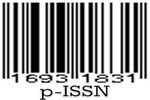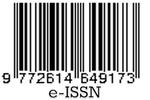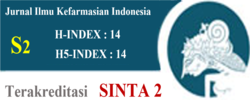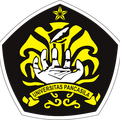The Effectiveness of Ethanol Extract of White Dragon Fruit (Hylocereus undatus) on the Reduction of Blood Uric Acid Levels in Mice (Mus musculus)
Abstract
Buah naga putih (Hylocereus undatus) mengandung flavonoid yang dapat menghambat kerja enzim xantin oksidase yang dapat mengurangi kadar asam urat. Penelitian bertujuan untuk mengetahui efektivitas ekstrak etanol buah naga putih dalam menurunkan kadar asam urat darah pada mencit yang diinduksi kafein secara oral dengan dosis 0,39 mg/25 g BB. Sampel buah naga putih diambil saat berumur 50-55 hari setelah muncul bunga. Pada uji efektifitas, hewan coba mencit dibagi menjadi lima kelompok perlakuan dan diinduksi dengan kafein yaitu kelompok kontrol negatif yang hanya diinduksi kafein, kelompok kontrol positif diberikan allopurinol 0,26 mg/25 g BB, kelompok dosis 0,455 mg/25 g BB, kelompok dosis 0,91 mg/25 g BB, kelompok dosis 1,82 mg/25 g BB ekstrak etanol buah naga putih. Pengukuran kadar asam urat darah dilakukan sebelum induksi (hari ke 1), sesudah induksi atau sebelum pemberian ekstrak (hari ke 6) dan sesudah pemberian ekstrak pada (hari ke 9, 12 dan 15). Hasil penelitian menunjukkan bahwa ekstrak etanol buah naga putih dosis 1,82 mg/25 g BB dapat menurunkan kadar asam urat darah pada mencit secara bermakna dibandingkan dengan dosis 0,455 mg dan dosis 0,91 mg/25 g BB, tetapi tidak berbeda bermakna dengan kontrol positif (allopurinol) dengan presentase penurunan sebesar 92,16%.
Kata kunci: Ekstrak buah naga putih, asam urat darah, kafein, allopurinol.
References
2. Yudhi, dkk. Efek Pemberian Ekstrak Etanol Daun Sukun (Artocarpus altilis (Park) Fosberg) Terhadap Penurunan Kadar Asam Urat Pada Tikus Putih Jantan Galur Wistar. Stikes Ngudi Waluyo Ungaran. 2013.
3. Dalimartha S. Resep Tumbuhan Obat untuk Asam Urat. Penebar Swadaya, Jakarta. 2011.p. 5, 7, 12 & 58.
4. Neogi T, Jansen TLTA, Dalbeth N, Fransen J, Schumacher HR, Berendsen D, et al. Gout Classification Criteria: An American College of Rheumatology/European League Against Rheumatism Collaborative Initiative. J Arthritis and Rheumat. 2015. 67(10): 2557-2568.
5. Shaefer MS and Pierre AM. Clinical pharmacy and theraupetics. 5th edition, William & Wilkins, Maryland. 1992. 507-518.
6. Sukmadjaya D. Penyakit Asam Urat dan Pencegahannya. J Kes Masy. Yogyakarta. 1988. 15: 72
7. Astari E. Pengaruh Pemberian Decocta Daun Dewa (Gynura Pseudochina (L) Dc) Terhadap Penurunan Kadar Asam Urat Serum Pada Mencit Putih Jantan Galur Balb-C Hiperurisemia. Univ Muhammadiyah Surakarta. Surakarta. 2008.
8. Tjay TH dan Rahardja K. Obat-obat Penting Khasiat Penggunaan dan Efek Sampingnya. Edisi VI. PT. Elex Media Komputindo. Jakarta.2007.
9. Chemah TC, Aminah A, Noriham A and Wan Aida WM. Determination of pitaya seeds as a natural antioxidant and source of essential fatty acids. Intern Food Res J. 2010. 17: 1003–1010
10. Choo WS and Yong WK. Antioxidant properties of two species of Hylocereus fruits. Adv in Appl Sci Res. 2011. 2: 418-425.
11. Jaafar RA, Rahman ARB, Mahmod NZC, and Vasudevan R. Proximate analysis of dragon fruit (Hylecereus polyhizus). American J Appl Sci. 2009. 6: 1340–1346.
12. Swastika S. dkk. Hama dan Penyakit Buah Naga.2012. http://riau.litbang.pertanian.go.id/ind/images/stories/PDF/naga.pdf. Diakses tanggal 5 April 2016.
13. Devina IA, dkk. Mineral Dalam Buah Naga (Hylocereus Undatus (Haw.) Britt. & Rose) Sebagai Penurun Asam Urat secara In-Vitro. Sekolah Tinggi Ilmu Farmasi Yayasan Pharmasi Semarang. 2013.
14. Ansel HC. Pengantar Bentuk Sediaan Farmasi Ed. IV. Univ Indonesia Press. Jakarta. 2008.
15. Mutschler E. Dinamika Obat. Edisi 5. Alih Bahasa oleh Widiyanto MB dan Ana S. Penerbit ITB, Bandung. 1991.
16. BPOM RI. Monografi Ekstrak Tumbuhan Obat Indonesia. 2004. Vol. I:15-21
17. Departemen Kesehatan Republik Indonesia. Farmakope Indonesia. Direktorat Jenderal Pengawasan Obat dan Makanan, Jakarta. 1995. Edisi IV: 1033-1036
18. Departemen Kesehatan RI. Farmakope Indonesia. Departemen Kesehatan Republik Indonesia. Jakarta. 1979. Edisi III.
19. Santoso S. Panduan Lengkap Menguasai SPSS. PT. Elek Komputindo Jakarta. 2008. 164-180.
20. Paget GE and Barnes JM. Evaluation of drug activities, Pharmacometric. Academic Press, London. 1964. Vol. I.
Licencing
All articles in Jurnal Ilmu Kefarmasian Indonesia are an open-access article, distributed under the terms of the Creative Commons Attribution-NonCommercial-ShareAlike 4.0 International License which permits unrestricted non-commercial used, distribution and reproduction in any medium.
This licence applies to Author(s) and Public Reader means that the users mays :
- SHARE:
copy and redistribute the article in any medium or format - ADAPT:
remix, transform, and build upon the article (eg.: to produce a new research work and, possibly, a new publication) - ALIKE:
If you remix, transform, or build upon the article, you must distribute your contributions under the same license as the original. - NO ADDITIONAL RESTRICTIONS:
You may not apply legal terms or technological measures that legally restrict others from doing anything the license permits.
It does however mean that when you use it you must:
- ATTRIBUTION: You must give appropriate credit to both the Author(s) and the journal, provide a link to the license, and indicate if changes were made. You may do so in any reasonable manner, but not in any way that suggests the licensor endorses you or your use.
You may not:
- NONCOMMERCIAL: You may not use the article for commercial purposes.
This work is licensed under a Creative Commons Attribution-NonCommercial-ShareAlike 4.0 International License.

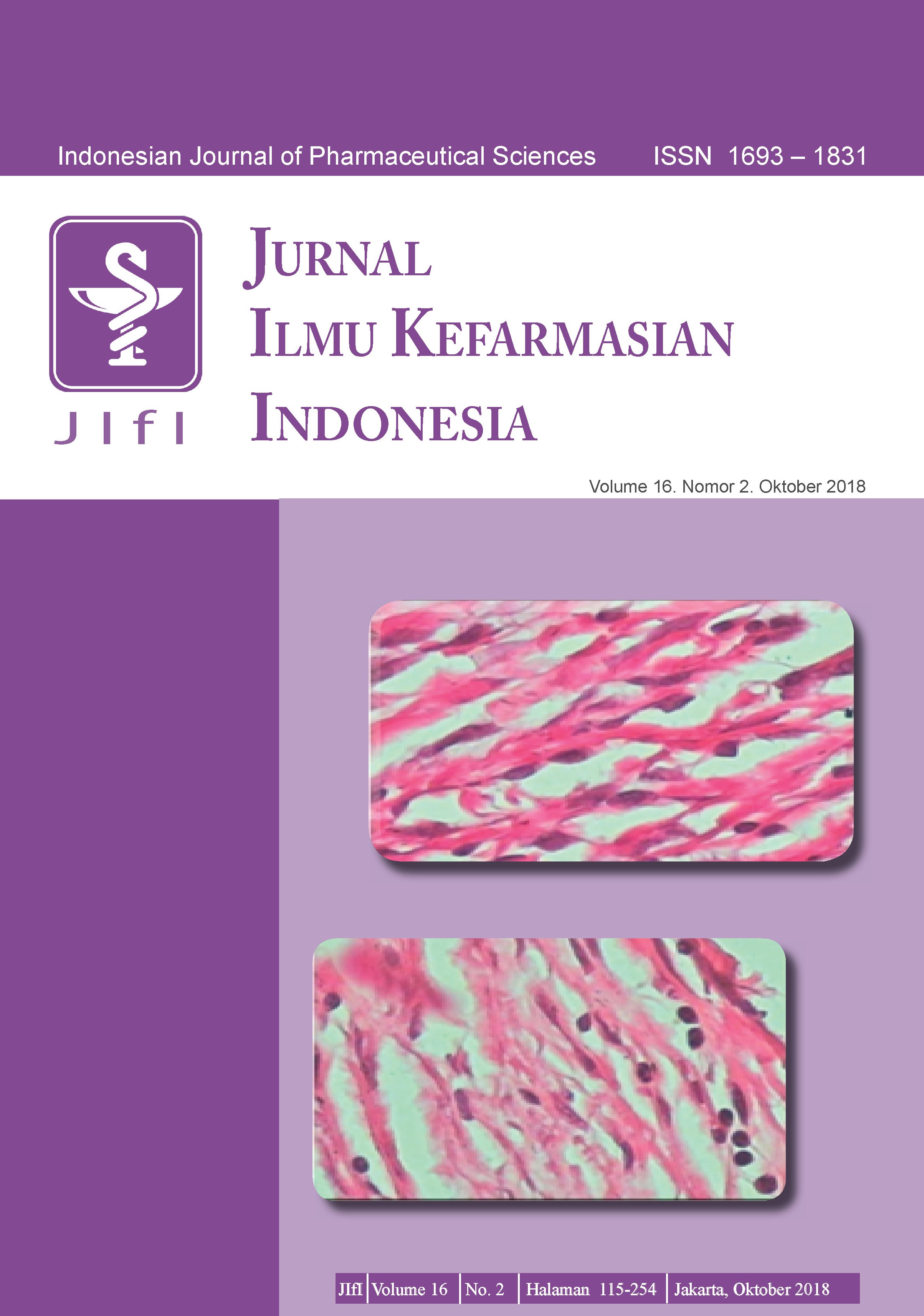



 Tools
Tools

